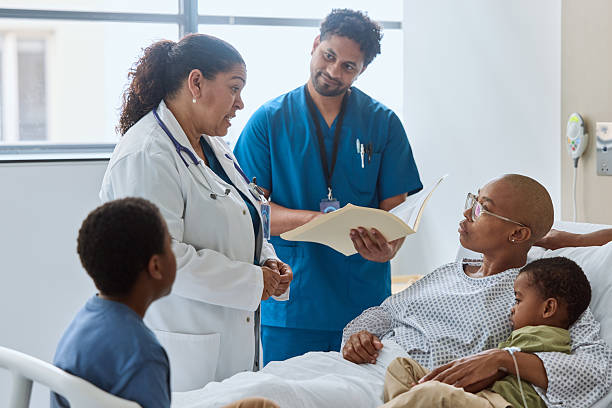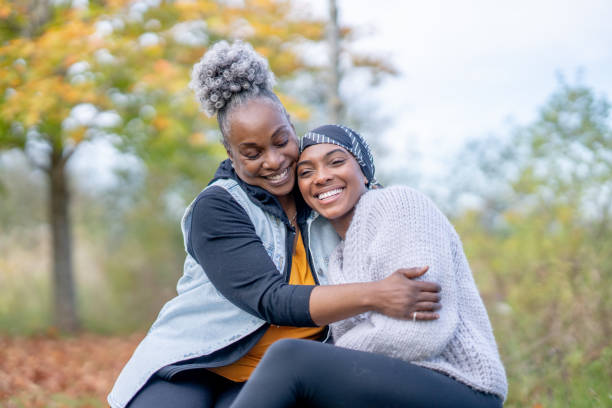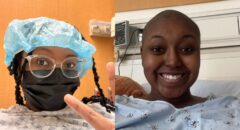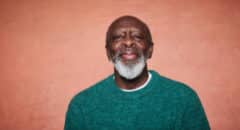
Cancer is showing up in younger women—earlier, faster, and often more aggressively. Yet our healthcare system, research priorities, and support structures are still stuck in a model designed for older patients. A recent webinar hosted by leaders at City of Hope, the American Cancer Society, and cancer survivor advocates laid out the reality with blunt urgency: if we don’t change the way we screen, diagnose, and treat young women, more will fall through the cracks.
A Steep Rise, A Silent Shift
The numbers are startling. Women under 50 now face cancer rates 82 percent higher than men of the same age. Among women under 40, those cancers are often more aggressive and less responsive to traditional treatments.
Despite decades of progress in cancer mortality, young women have not seen the same gains. Why? Because our system is built for older patients. Screening starts too late. Risk assessments are too narrow. Clinical trials too often exclude the young. And when young women do raise concerns, they’re frequently dismissed.
RELATED: Why Are Cases of Pancreatic Cancer Rising in Young Women?
Alisa’s Story: “I Didn’t Fit the Profile”
Alisa Secaida, a 35-year-old mother of two, spent over a year reporting symptoms—fatigue, a persistent cough—only to be misdiagnosed repeatedly. Despite her persistence, her physicians told her she was too young, too healthy-looking, and too low-risk for serious disease.
They were wrong. She eventually paid out-of-pocket for her own CT scan, which revealed stage 4 lung cancer that had spread to her brain and spine.
“I get that I didn’t fit the profile,” the City of Hope patient said during the webinar, “but that’s exactly why women like me fall through the cracks.”
It’s Not Just Physical—It’s Psychological Warfare
For Alisa, cancer wasn’t just a physical diagnosis. It was an emotional avalanche. “After my diagnosis, I was incredibly depressed. I didn’t want to get out of bed,” she said.
She pursued EMDR therapy—a form of trauma counseling—which helped her regain a sense of purpose. “Mental health support saved me. People think cancer is only physical, but the mental load was heavier.”
That support, she emphasized, should be standard, not optional. “Therapy gave me the strength to show my kids that I wasn’t broken.”
RELATED: Why Are So Many Young Black Adults Getting Cancer?
Doctors See the Change—and They’re Not Prepared
City of Hope’s Assistant Clinical Professor in the Department of Radiation Oncology, Amanda Schwer, M.D., shared a raw account of what it’s like inside the clinic now.
“I used to see young women with breast cancer every few months. Now it’s weekly. This morning alone, I saw two moms in their 30s—both with stage 4 cancer that had spread to their brains,” Dr. Schwer shared.
She described moments when she’s had to step out of the room to gather herself emotionally. “This is real. This is happening now. And it’s overwhelming—for patients and providers alike.”
Her message to other doctors: “Listen. If a woman says something is wrong, don’t dismiss her. You might be her only shot at catching it in time.”

What Needs to Change: Three Urgent Priorities
1. Expand and Personalize Risk Assessments
Current guidelines often miss the mark. They assume low risk based on age alone. But risk is more complex, driven by genetics, lifestyle, environment, and reproductive history.
“We need better tools,” said Alpa Patel, Senior Vice President, Population Science of the American Cancer Society. “And we need to develop them fast. Because right now, too many women are being missed.”
Tools like polygenic risk scores and expanded genetic testing are promising, but they need to be made accessible and covered by insurance. And screening recommendations need to be based on real risk, not outdated averages.
2. Prioritize Research for Young Women
Young women are frequently excluded from clinical trials, leaving a dangerous gap in knowledge and treatment options.
Hope S. Rugo, Director of the Women’s Cancers Program at City of Hope, highlighted that younger women tend to experience poorer outcomes from identical cancers and treatments when compared to their older counterparts.
“It’s not just the age—it’s the biology,” she said. Trials like the I-SPY 2 are leading the way in customizing treatments based on tumor response and scaling therapy accordingly.
She also stressed the need for less toxic treatments, especially those that preserve fertility. “Delaying treatment by two weeks to freeze eggs? It’s not just okay—it’s necessary.”
3. Make Supportive Care a Standard, Not a Luxury
Natalie Schnaitmann, Executive Director, Department of Supportive Care Medicine at City of Hope, put it plainly: “Cancer care without supportive care is incomplete care.”
Young women face unique burdens: parenting while sick, worrying about fertility, and managing careers. The emotional, social, and financial impacts are profound. City of Hope has developed programs like Couples Coping with Cancer, but even their world-class center can’t meet the demand.
The solution? Scale supportive care nationally. Make it standard, covered, and integrated into every care plan from day one.
RELATED: Colon Cancer Increasing in Younger People: “Not an Old Person’s Disease”
Alisa’s Call to Action: Know Your Body. Fight for Yourself.
Alisa’s advice to other women was simple and powerful: “You know your body. You don’t need a PhD to recognize when something’s wrong.”
She urged women not to let fear or doctor dismissal silence them. “Our families are only as strong as we are. Don’t stop until you get answers.”
Looking Ahead
This conversation made one thing clear: the cancer playbook needs a rewrite. Younger women are being diagnosed more often, and they’re too often met with systems and strategies built for someone else.
We need earlier and more accurate risk assessments. More inclusive research. Personalized, less toxic treatments. And full-spectrum supportive care from diagnosis to survivorship.
The future of cancer care must meet the reality of today’s patients. And that means listening—really listening—to the women living it.









